How To Observe a Total Solar Eclipse – An Interview with Mike Kentrianakis
October 31, 2016Discuss this article in the forums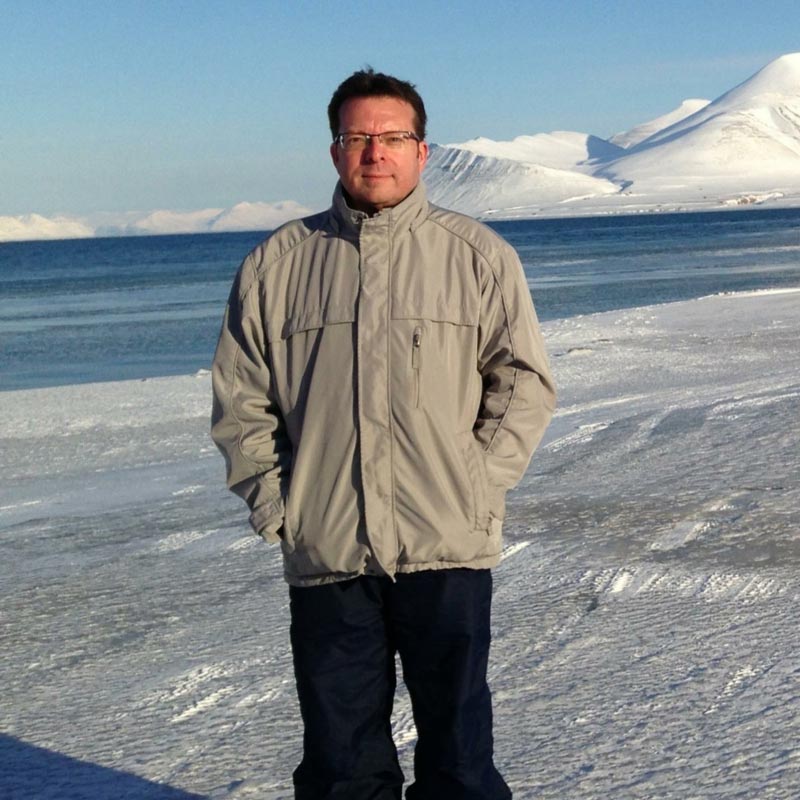 Figure 1 – Mike Kentrianakis at the site of the total solar eclipse in Svalbard, Norway, in 2015.
Figure 1 – Mike Kentrianakis at the site of the total solar eclipse in Svalbard, Norway, in 2015.Introduction
AstronomyConnect tapped Mike Kentrianakis, the Solar Eclipse Project Manager at the American Astronomical Society, for some words of wisdom for observing the upcoming total solar eclipse in 2017. In this profile, you learn how Mike got into astronomy, his most memorable experiences observing solar eclipses, and how his latest eclipse video ended up on the NBC Nightly News. You'll also discover:
- Mike's favorite set-up for visually observing a total solar eclipse
- How to get yourself into the best spot for seeing the eclipse on August 21, 2017
- The pros and cons of eclipse photography
- What scientists hope to learn from the 2017 eclipse about the Sun's corona
- The one thing you should NEVER do during a total solar eclipse
1. What is your current title and position?
I'm the Solar Eclipse Project Manager at the American Astronomical Society (AAS). That means I'm involved in many projects and activities, including coordinating outreach events and media interviews, organizing AAS eclipse conferences, and co-chairing the AAS solar eclipse task force. I travel to eclipses all over the world for outreach events and work with film makers who make eclipse documentaries. I also set up a mini-grants program for underprivileged students across the U.S. Since I also have a 20-year background working with CBS as a technical supervisor, I also assist television stations in live coverage and press events for eclipses.
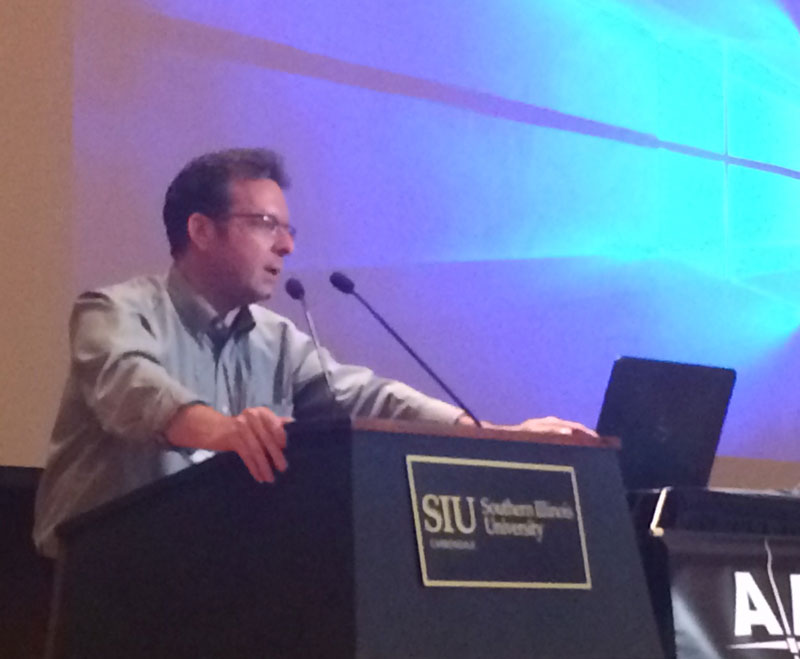 Figure 2 – Mike Kentrianakis at the podium of an AAS conference.
Figure 2 – Mike Kentrianakis at the podium of an AAS conference.2. How did you come to be an eclipse expert? Do you have a background in astronomy?
I do not have an academic degree in astronomy or science. My formal education was in liberal arts, where I pursued a bachelor's degree in English Literature, and I have a master's degree in Philosophy. I started self-studying astronomy around age nine by frequenting my childhood library in Baldwin, Long Island. By the time I was thirteen I was reading college-level astronomy text books and I was on my third telescope. My first was a tabletop scope I received as a surprise when I was nine. Every clear morning and evening I made naked eye observations from the roof of my parent's house in the relatively dark skies of the 1970s. I used my telescope to see Mercury, Venus, Mars, Jupiter, Saturn and, of course, the Moon. I started learning the night sky by matching star charts from atlases and a planisphere. Then I was fascinated with occultations—especially, of Aldebaran—as I read about them in Sky & Telescope and Astronomy magazines.
In 8th-grade Chemistry and Earth Science, the teacher asked me to teach a class on astronomy. In 9th-grade Physics, after the last North American total solar eclipse on February 26, 1979, I taught a detailed lesson on the intricacies of eclipse predictions and their effects.
As I studied eclipses in books, before seeing one for myself, I noticed the language the scientists such as Dr. Donald Menzel and Dr. Jay Pasachoff were using was different when it came to describing total solar eclipses. It was filled with adjectives and quite dramatic. It didn't seem like a scientific explanation anymore. It seemed like it really affected them. So when an article in the Long Island newspaper Newsday said there was a spot available for one more person on the Vanderbilt Planetarium expedition to snowy Manitoba for the eclipse of February 26, 1979, I begged my parents to lend me the money and I promised I would pay them back from my paper route money. That was my first eclipse expedition, and I was the youngest member of that expedition.
3. How many total solar eclipses have you seen for yourself?
I have seen ten total solar eclipses. My first was in Lundar, Manitoba, Canada in '79. Then I saw the '98 one on the beach in Aruba; the '99 one on a transatlantic cruise ship, the old SS France off Cornwall, England; the '06 one on the mountain of the tiny island of Kastellorizo, Greece—setting of the film Mediterraneo; the '08 one in atop a university building in Novosibirsk, Siberia; the '09 one on a mountain in Tianhuangping, China; the '12 on Trinity Beach in Australia; the '13 one in middle of the jungle in Mikongo, Gabon, Africa; the '15 one in an ice wilderness in Svalbard, Norway way high in the Arctic circle; and the '16 one aboard Alaskan Airlines flight 870 from Anchorage to Honolulu at 35,000 feet over the middle of the Pacific Ocean.
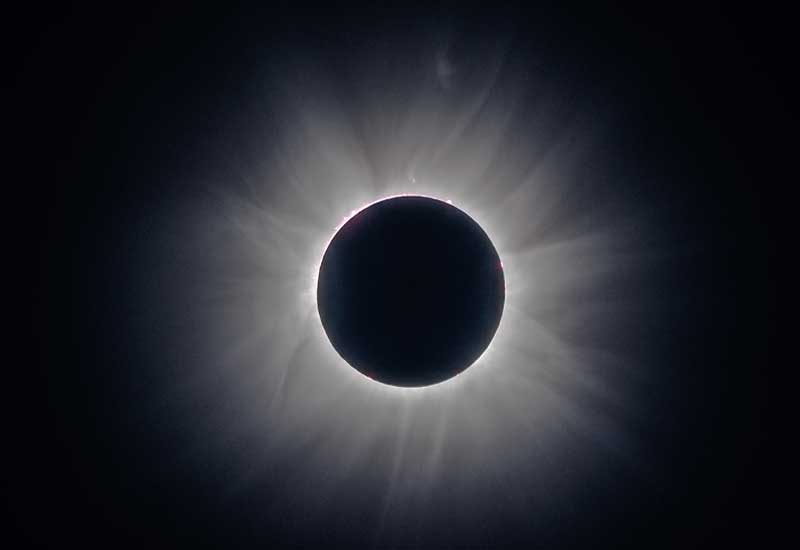 Figure 3 – A Total Solar Eclipse Imaged from Gabon, Africa.
Figure 3 – A Total Solar Eclipse Imaged from Gabon, Africa.4. What was the most memorable -so far- and why?
Each one, no matter how or where they happen, are so memorable and so unique that you can't pick just one. However, Novosibirsk had such crystal-clear skies that observing the inner corona through 20x80 giant astronomical binoculars was absolutely breathtaking and may be my most impressive memory of a live astronomical phenomenon I have ever seen with my own eyes.
5. There is of course the much-anticipated solar eclipse coming to the continental U.S. on August 21, 2017. What's special about this eclipse?
What's special about next August's eclipse is to answer what is special about all total solar eclipses. So, rather than answer that, I will tell you why this one is extra special for all of us in North America. It's special for me, and for many Americans, because it will be the first total solar eclipse many of us will see in our home country. I was born, raised and have lived all my life in the United States, my homeland. This is the first total eclipse that is going to be in my backyard—so to speak.
This will also be the most observed eclipse—or astronomical event of any kind—in history. Hundreds of millions of people are within a day's drive of the path of this total solar eclipse.
I plan on driving from here in Queens, New York right to the path of totality in my own car. No airports. No checked luggage. No liquids and laptops to pull out. No passport. No visas. Just a good old-fashioned American road trip in the U.S. of A. That's pretty cool for someone like me who has travelled the globe from Alaska to Africa to the Arctic to Australia to see such shows.
6. When was the last total solar eclipse visible in the U.S.?
The last total solar eclipse visible in the continental United States happened on February 26, 1979, which, as I mentioned above, was the first such event I ever saw.
The last time I drove in America to see a solar eclipse was to Niagara Falls in 1994. It was a partial, or annular eclipse, where the Moon is too far away and thus too small to cover up the Sun. You can't view such eclipses with your naked eye and the corona doesn't come out.
I also drove to Petersburg, Virginia to see the extremely rare and near-total eclipse of May 30, 1984. That eclipse almost completely covered the Sun and made it so dark that brightest most inner corona did become visible for a few seconds. It was my second most intense driving experience next to Aruba where I went from one end of the island to the other and back. In Virginia, where the eclipse was to be even closer to total, I joined up with the American Association of Variable Star Observers (AAVSO) and asked Janet Mattei about the dismal rainy weather we were having and what she thought. She told me, "Mike, many are leaving and headed down I-85. Weather satellites are showing a front and clearing in South Carolina. If you leave now you may make it. As for me, unfortunately, I have to stay with the group. But if I could go that is what I would do." And, boy, was she was right. Exactly three hours later I was shouting to my friends, "Blue, blue, blue! Look at that sky!" Like the Red Sea parting away in the Ten Commandments, the sky turned crystal clear. We pulled over in a national military park and setup our telescopes and cameras. We experienced eleven seconds of sparkling Baily's beads dancing around the limb of the Moon with the crimson colored chromospheric light slowly sliding from side to side all from Greensboro, North Carolina.
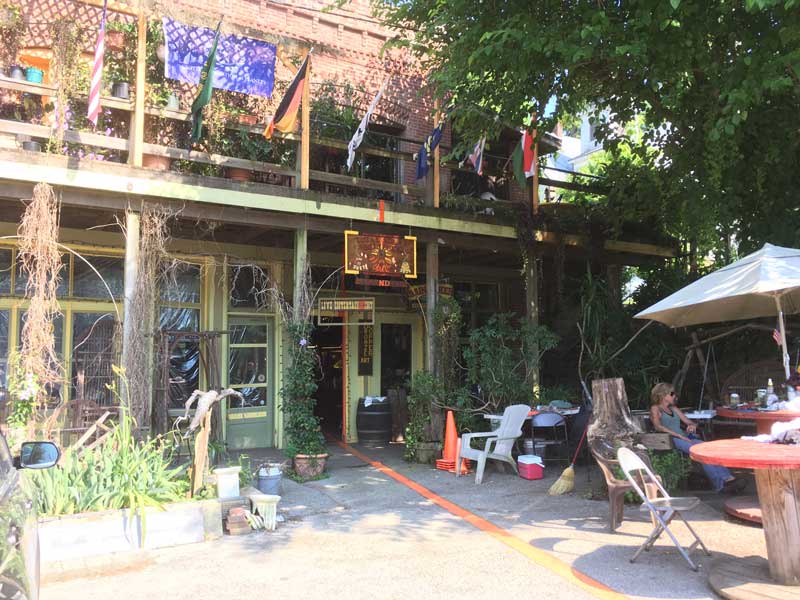 Figure 4 – Orange line marks the centerline of the eclipse path right through a store in Makanda, IL
Figure 4 – Orange line marks the centerline of the eclipse path right through a store in Makanda, IL7. The total eclipse in 2017 will be visible from Oregon to South Carolina. What are some of the best bets for locations to get good weather in an accessible location?
I refer you to meteorologist Jay Anderson's website on the 2017 eclipse:
http://eclipsophile.com/overview/
and his specific climate chart here:
http://eclipsophile.com/wp-content/uploads/2015/08/trackcloudx2.jpgIt compiles years of measurements to compute the statistics of specific regions that have the greatest prospects of clear skies. Once you get east of the Cascades, all the way to Nebraska, you get the highest chances for clear skies—better than 50-50. East of that, it is less than fifty-fifty, and even worse in the more densely populated eastern locations. In the east, however, you get a higher altitude of the Sun and a longer duration of the total eclipse, thereby providing a slightly greater chance of seeing anything at all between clouds—if it's partly cloudy that day. Also, these recent past years in the west, tragically for many, there have been countless wildfires that have been out of control causing lots of smoke. But, overall, the high desert of the west is favored, statistically speaking.
(NOTE: AstronomyConnect.com has some suggestions of where to see the 2017 total solar eclipse at this link.)
Michael Zeiler also summed up nicely on his website several places to see the eclipse:
http://www.greatamericaneclipse.com/best-places-to-view/8. Do you have some tips for observers to avoid crowds and get themselves to a favorable location?
Well, anyone can pull over off the road onto land that is governed by the U.S. Bureau of Land Management. There are tens of thousands of miles of open road from Oregon to South Carolina within the path of totality where you can pull over. There are hundreds of towns each with areas or parking lots that can allow for great views. You just have to get in that 70-mile wide band of totality or you will have no show. There are also going to be events organized all over the country. Events in observing fields such as farms, parks, airports, and even stadiums. Eclipse2017.org is a great resource for this. But really, the roads are your limit to seeing the eclipse in the sky that day. Take advantage of them.
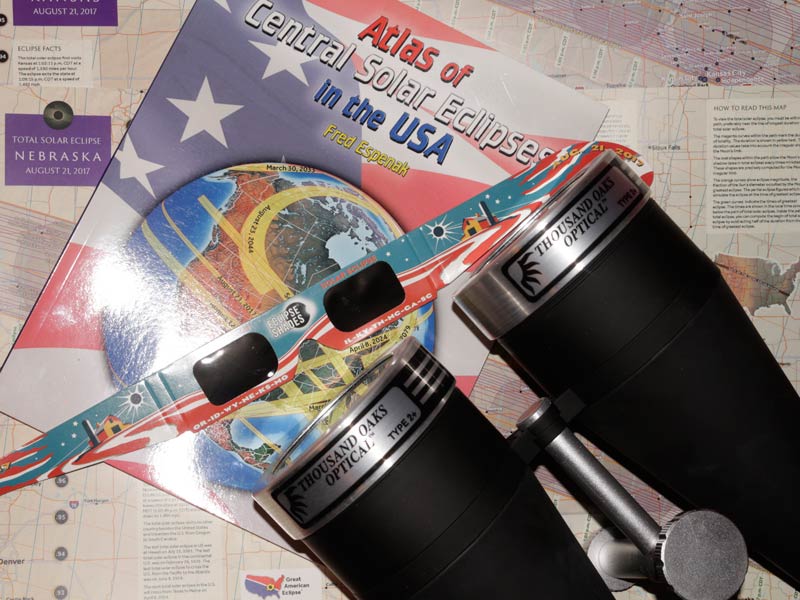 Figure 5 – A pair of 20x80 astronomy binoculars equipped with Thousand Oaks white-light solar filters
Figure 5 – A pair of 20x80 astronomy binoculars equipped with Thousand Oaks white-light solar filters9. What are some good choices for a telescope and accessories for observing the solar eclipse visually?
I stand by my lifelong recommendation of 20x80 giant astronomical binoculars on a sturdy tripod with slow motion controls. Attach two Thousand Oaks Optical Type II+ filters with felt tape inside of them to hold them securely in place and to allow for smooth removal during totality. It really doesn't get better than that for the viewing the partial phases of the eclipse. You are unencumbered and you can glance around to the darkening blue sky and then move back to the binoculars to see the beauty of the Sun and its electric-like polarized corona flowing out of the red chromosphere during totality. There is nothing in the world like it.
10. Is it worth trying to do imaging, or is it better to just enjoy the show?
Great question. Everyone wants to record a great memory with a photograph or a video after during an intense astronomical event that literally turns day into night. You're so excited you just want to share it with your friends and loved ones. You will say, "I wish I took a picture."
Well, if this is your first time, I may have to suggest not to take any pictures. This will be the most photographed astronomical event from the ground ever in history and you will see so many of them.
If you have done photography of the full Moon, however, you know everything you need to know. The exposures for the full Moon and the corona are the same. All the framing and zoom levels are identical. My colleague Fred Espenak has great advice about solar eclipse photography here:
http://www.mreclipse.com/Totality2/TotalityCh12-1.htmlBut watching a total solar eclipse with your eyes is an experience in itself. Encumbering yourself during totality could be a mistake because you will miss the show. A lot happens and it happens fast. The only other possibility is to setup a video camera and let it run. This way you can enjoy the show while your camera does the work.
For the real camera aficionado I suggest using Solar Eclipse Maestro. This fascinating free automated software is unlike any in the world. My friend Xavier Jubier wrote it and it doesn't get better than this. This is for the photographer who wants to capture all the precious details of the eclipse while totally enjoying totality. Master Maestro and you will be in a league of your own:
http://xjubier.free.fr/en/site_pages/solar_eclipses/Solar_Eclipse_Maestro_Photography_Software.html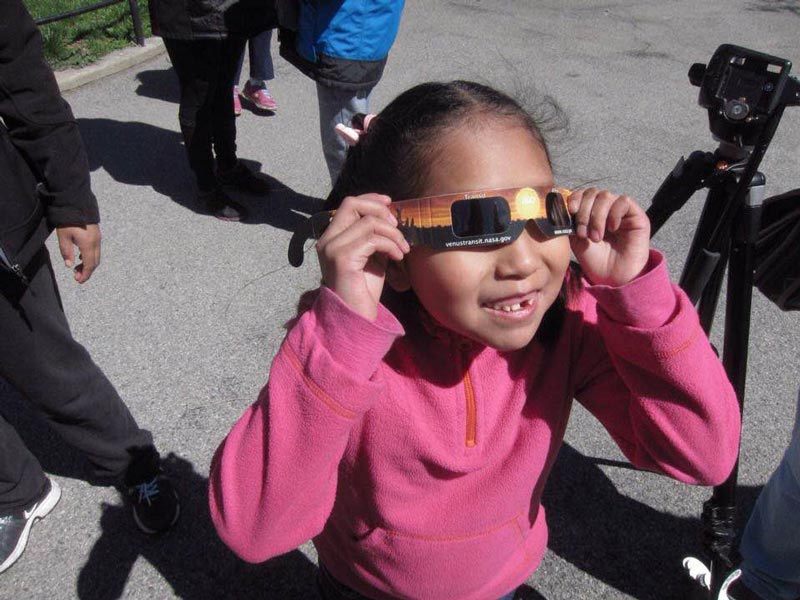 Figure 6 – A young astronomer with eclipse glasses
Figure 6 – A young astronomer with eclipse glasses11. What's the one thing you should NEVER do when observing a solar eclipse?
I like that very important question. It's perfectly SAFE to look at the Sun, but ONLY during TOTALITY. You should NEVER look at the Sun, however, without safe solar filtering or ISO-certified solar "eclipse" glasses during the partial phases of the eclipse. During TOTALITY, however, this is when you enjoy looking at the Sun safely without any filters and with your own naked eyes or binoculars or telescope. This is where the real beauty of a total solar eclipse lies, when you get that rare opportunity to see the Sun's corona and chromosphere for yourself, without any special equipment. Totality begins when the last bit of photospheric light—the "Diamond Ring" effect—the last moments of which are safe to watch and should be enjoyed—extinguishes itself and the majestic corona of Sun comes out in all its glory from behind the Moon and takes over the show for a few minutes.
12. Is there any new science to be learned from the 2017 solar eclipse? What measurements or experiments are the professional astronomers planning?
Yes. And this really appeals to me to be able to partake in research with solar physicists like Dr. Shadia Habbal of the Institute of Astronomy in Hawaii and Dr. Jay Pasachoff of Hopkins Observatory of Williams College and Dr. Thanasis Economou, senior spacecraft scientist at NASA and the University of Chicago. We are continuing studies of the corona by spectroscopically measuring the amount and distribution of elements like iron, aluminum, magnesium, silicon, argon and nickel in their highly ionized states. Shedding off so many electrons in these atoms requires temperatures of millions of degrees. The corona is far from the core of the Sun, and the surface of the Sun is at a temperature of 6000° K. Yet millions of miles further up, the temperature increases to millions of degrees. This is still a mystery. Eclipses are great natural experimental devices in that they allow us to observe the Sun with a sharp mask. As the Moon gradually covers and uncovers the Sun, with razor-sharp precision, it allows us to record details in white light far better than spacecraft or ground-based telescopes with coronagraphs. This coast-to-coast eclipse of ninety-minutes will allow us to record the dynamics and structure of the coronal flux in real-time.
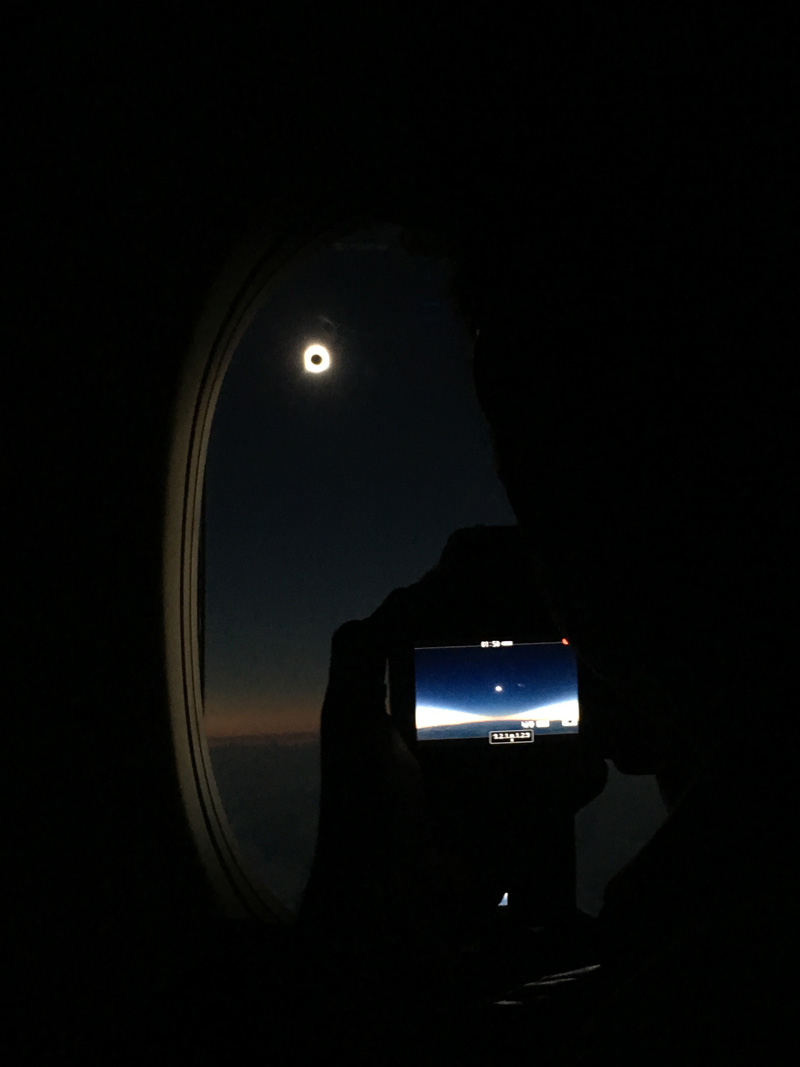 Figure 7 – Mike Kentrianakis observing the total solar eclipse of March 9, 2016 from an Alaska Airlines flight
Figure 7 – Mike Kentrianakis observing the total solar eclipse of March 9, 2016 from an Alaska Airlines flight13. Can you share a memorable outreach experience during a total eclipse?
When I boisterously came out shouting, "Shadow bands! Shadow bands!" on a beach in Aruba. I got quite a few strange looks and laughs from bystanders. These shimmering, spooky light-and-dark striations sweep at great speed across the landscape just before and after totality when the Sun is a thin crescent. These bands are believed to be caused by the high altitude winds moving aloft while the slit-like beam of sunlight penetrates through the upper atmosphere.
14. Can you share a good story about observing a total solar eclipse?
A colleague of mine, Joe Rao, a meteorologist on television, gave me a call and said, "Mike, if Alaska Airlines delays their scheduled flight AS870 by 25 minutes to intercept the eclipse over the Pacific Ocean would you be interested in going?" I said, "Absolutely, yes."
My reasons were threefold. I have never seen an eclipse from an airplane. Going to Indonesia to see the eclipse on land would have been a bit taxing for me. And I realized that this eclipse was in the United States. Well, not exactly in the United States, but between two states where I wouldn't need a passport. This eclipse was visible from a domestic flight flying from Anchorage, Alaska, the 49th state, to Honolulu, Hawaii the 50th state.
Alaska Airlines finally confirmed they would take flight AS870 into the shadow and made their official announcement only a few months before departure. We had dinner with the pilots the in Anchorage the night before the flight, and they explained how they were going to intercept the Moon's shadow cone using Dr. Glenn Schneider's flight plan at precisely the right time and point in the air going at the right velocity.
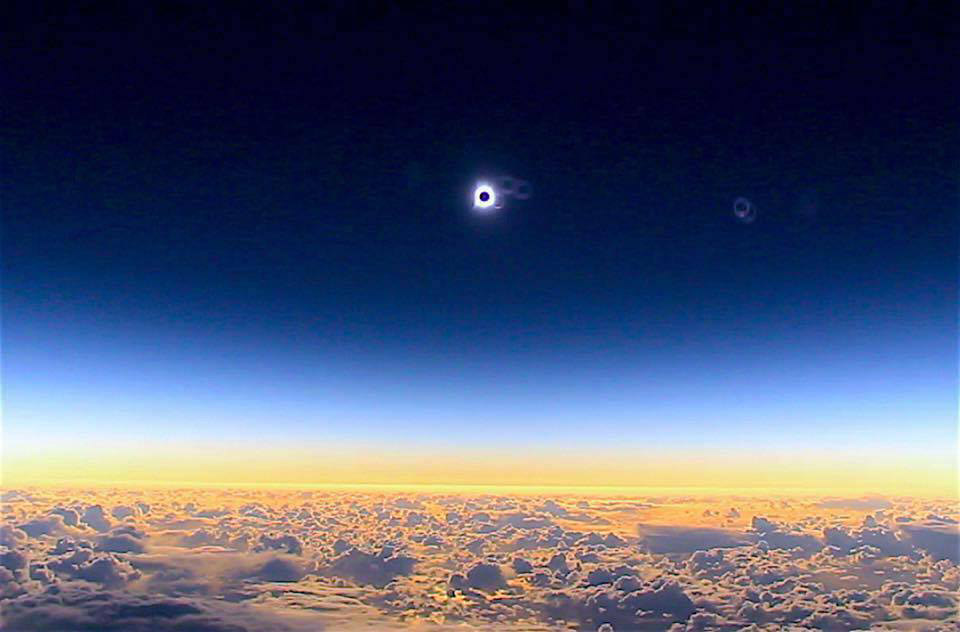 Figure 8 – An image of the total solar eclipse on March 9, 2016 from Alaska Airlines flight AS870
Figure 8 – An image of the total solar eclipse on March 9, 2016 from Alaska Airlines flight AS870On the day of the eclipse, March 9, 2016, there was a frenzy of television news crews interviewing all the passengers before it departed. We took off exactly according to plan at precisely 2:15 p.m., and we were off to rendezvous with the shadow four hours later.
Not having seen an eclipse from an airplane I had no idea what to expect. I knew about the flight plan and what the pilots were required to do and I thought to myself this is like flying a thread through the eye of a flying needle. Talk about being at the right place at the right time. Compared to the Sun, Moon and Earth, we were this little airplane flying into this giant shadow of the Moon that came from outer space. It swept over us like a storm and enveloped us into darkness. As the eclipse approached, I held my camera in my hands as I sat in seat 6F and heard from behind me, "There's the shadow" and then I said, "Oh yeah. Look there's the shadow."
Well, that was it. From that point on I was gone and couldn't contain myself. I couldn't believe what I was seeing and experiencing. It literally took me away! After 22 "Oh my Gods" and a dozen "Look at that!"s, the next day I turned on the television and there was Lester Holt on the NBC Nightly News chuckling over my video. The viral video became worldwide news and became a story in itself. But that eclipse was beyond beautiful and is all that counted.
15. How have you been personally affected by observing solar eclipses and being involved in outreach events?
There couldn't be anything more rewarding and gratifying to me than to share my passion for eclipses. When I talk about them, I sense that I inspire others. Many people have told me that after I told them about my eclipse experiences they became so interested they went to see one. They actually said it was the most awesome experience of their lives. That is pretty flattering, but I am really glad it was such an awesome experience for them.
16. After the big eclipse in 2017, when is the next total solar eclipse and where is it visible? Are you planning to see it? And when is the next eclipse visible in North America?
Before anyone plans further ahead, I must insist on planning for this eclipse first. Make your plans and get yourself anywhere within the path of totality. Experience that 200,000 mile long shadow that will humble you and eerily and silently sweep over you. But the answer is, yes, I plan and hope to go to the two total eclipses after this one on January 6, 2019 and December 14, 2020, both in South America. The next total solar eclipse in North America will cross the United States on April 8, 2024. That eclipse will cross Southern Illinois, again, which is now being called the "Eclipse Crossroads of America" with the slogan coined by my friend Joe McFarland of Makanda, Illinois: "Be nowhere else." If it's clear, I'll agree.
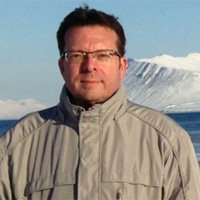 About Mike Kentrianakis
About Mike Kentrianakis
Mike Kentrianakis (pronounced "ken-TRI-AN-ak-is") is the Solar Eclipse Project Manager at the American Astronomical Society. A student of English literature and philosophy, Mike is a self-taught stargazer who made his first expedition to see a solar eclipse in 1979 while still in high school. He has since experienced ten total solar eclipses in locations all over the world, including one in 2016 seen from an airliner at 35,000 feet. He lives and works in New York City.
***
This article is © AstronomyConnect 2016. All rights reserved. Images © Mike Kentrianakis 2016.
Please login or register to watch, comment, or like this article.
Dismiss Notice
New Cookie Policy
On May 24, 2018, we published revised versions of our Terms and Rules and Cookie Policy. Your use of AstronomyConnect.com’s services is subject to these revised terms.

